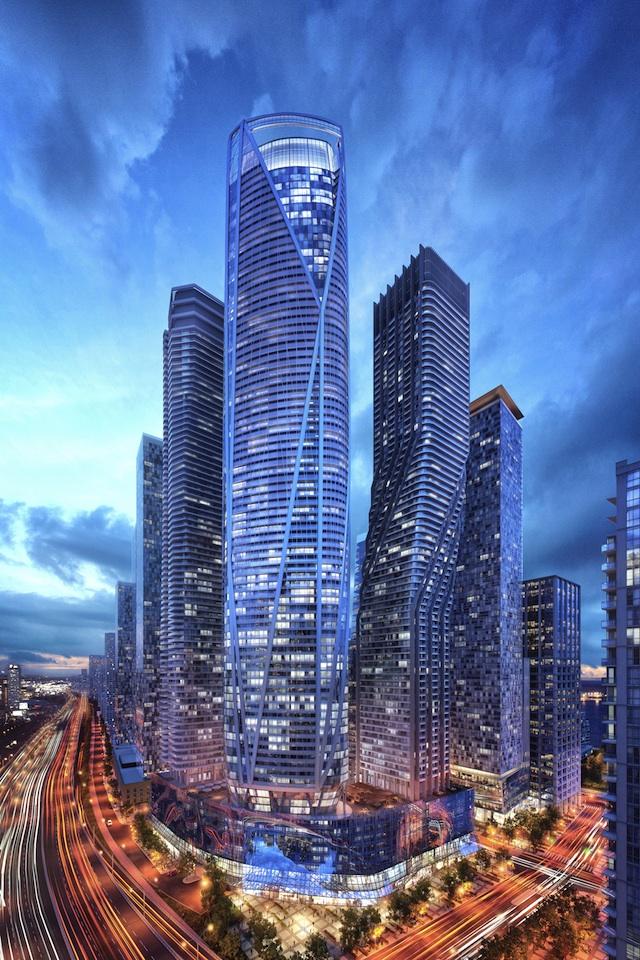buildup
Senior Member
First of all, what does CN Tower has to do with real estate cycles? Second, my understanding of real estate cycles has to do with the square footage of commercial (particularly, in this context, class A offices) - I don't think anyone would consider the 80s a particularly quiet period in that regard; and the current boom can be regarded as compensation for the early to late 90s. So in other words, the cycle is probably tighter than you've posited. Also note that all the towers you've listed are bank towers - a form of business is a) saturated and b) has moved away from prestige developments to selling and re-leasing space. You'd be hard pressed to find a local firm that demands a statement to be made with architecture.
And back to Toronto getting it done - it's pretty easy to argue that phase happened in the 60s - the 70s was a period of retrenchment, picking the lowest hanging fruit (and no surprise there, given the stagnation of the period) leading to the stasis and wasted opportunities of the 80s.
I wish I knew where to find 40 years of inflation-adjusted Toronto construction data to prove you wrong. You'd be see plenty of cycles. Anyway we're way off track.

